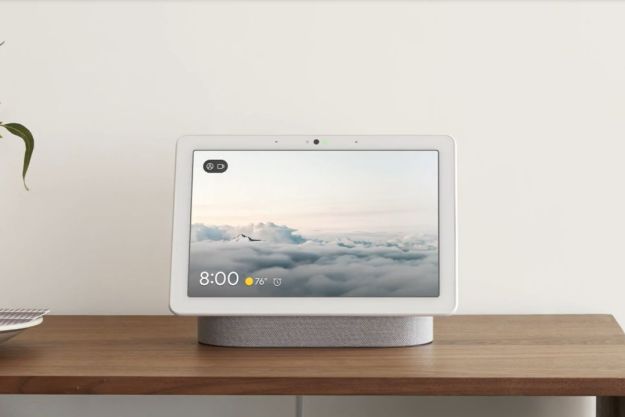Now you won’t have to say “Hey, Google” as often when you use Google Assistant on smart displays. Effective this week, all Smart Displays set to U.S. English will support Google Assistant’s Continued Conversation mode. Support for more natural language is just one of several new Google Home smart display features.
According to Bibo Xu, Google Assistant senior product manager, Continued Conversation works will all current Google Home smart displays, a list that includes the Google Home Hub, Lenovo Smart Display, JBL Link View, and the LG Xboom A.I. ThinQ WK9.
“After you initially trigger the Assistant with a request, the Assistant will stay active for long enough to respond to follow-up questions so you don’t have to say ‘Hey, Google’ as often,” Xu said.
When Continued Conversation launched in June 2018, the more natural manner of conversing only worked with Google Home smart speakers. After you activate the feature in the Google Assistant app, you can ask follow-up questions without sounding like an annoying salesperson who repeats a customer’s name in every sentence.
Additional new Google Home smart display features available now or rolling out soon include Interpreter Mode, a home control dashboard, multi-room audio, and more.
Google introduced Google Assistant’s Interpreter Mode at CES 2019. Interpreter Mode supports more than two dozen languages, but the specific languages available depend on the country in which the device is located and the device itself.
Even though Google Home Hub supports Interpreter Mode,
There are now more than 10,000 Google Home compatible devices and appliances, according to Xu. The Smart Display home control dashboard appears on the screen when you swipe down from the top edge. You can view and control all configured devices including cameras, doorbells, lights, smart plugs, thermostats, and more directly from the dashboard.
Multiroom audio plays music throughout the house by adding smart speakers and smart displays to a named group. In the most recent software release, when you tap on a group name on a smart display, you’ll see each device in the group with new volume controls so you can adjust the volume level for each device independently.
Editors' Recommendations
- Home Depot’s Hubspace is a great way to start building your smart home
- Echo Hub vs. Echo Show 15: Which is the best smart home gadget?
- Echo Hub vs. Echo Show 8: Which is the best option for your smart home?
- Echo Show 8 vs. Echo Show 10: is the bigger device a better smart display?
- Echo Show 8 vs. Nest Hub: Does Amazon or Google offer the best smart display?




